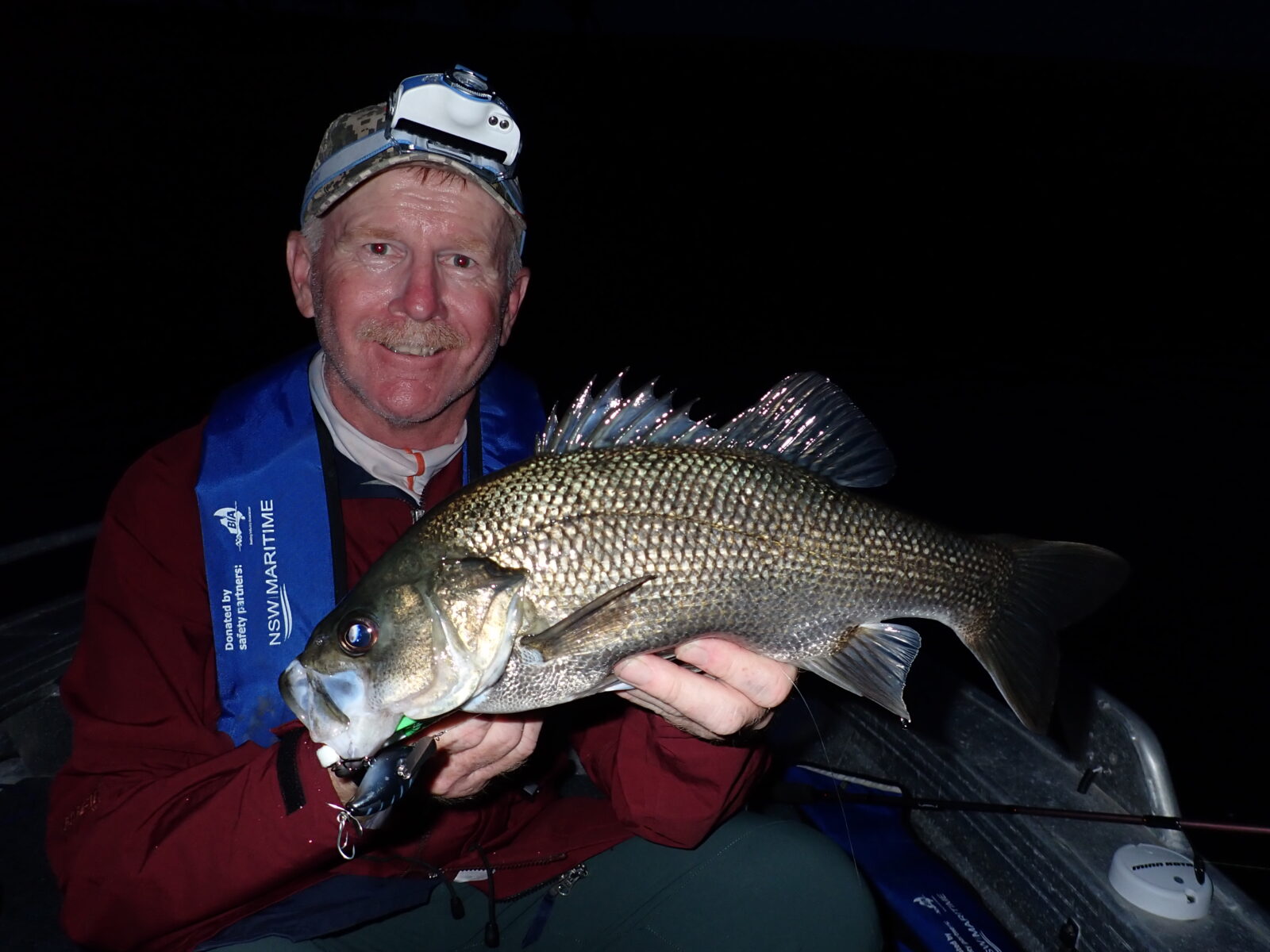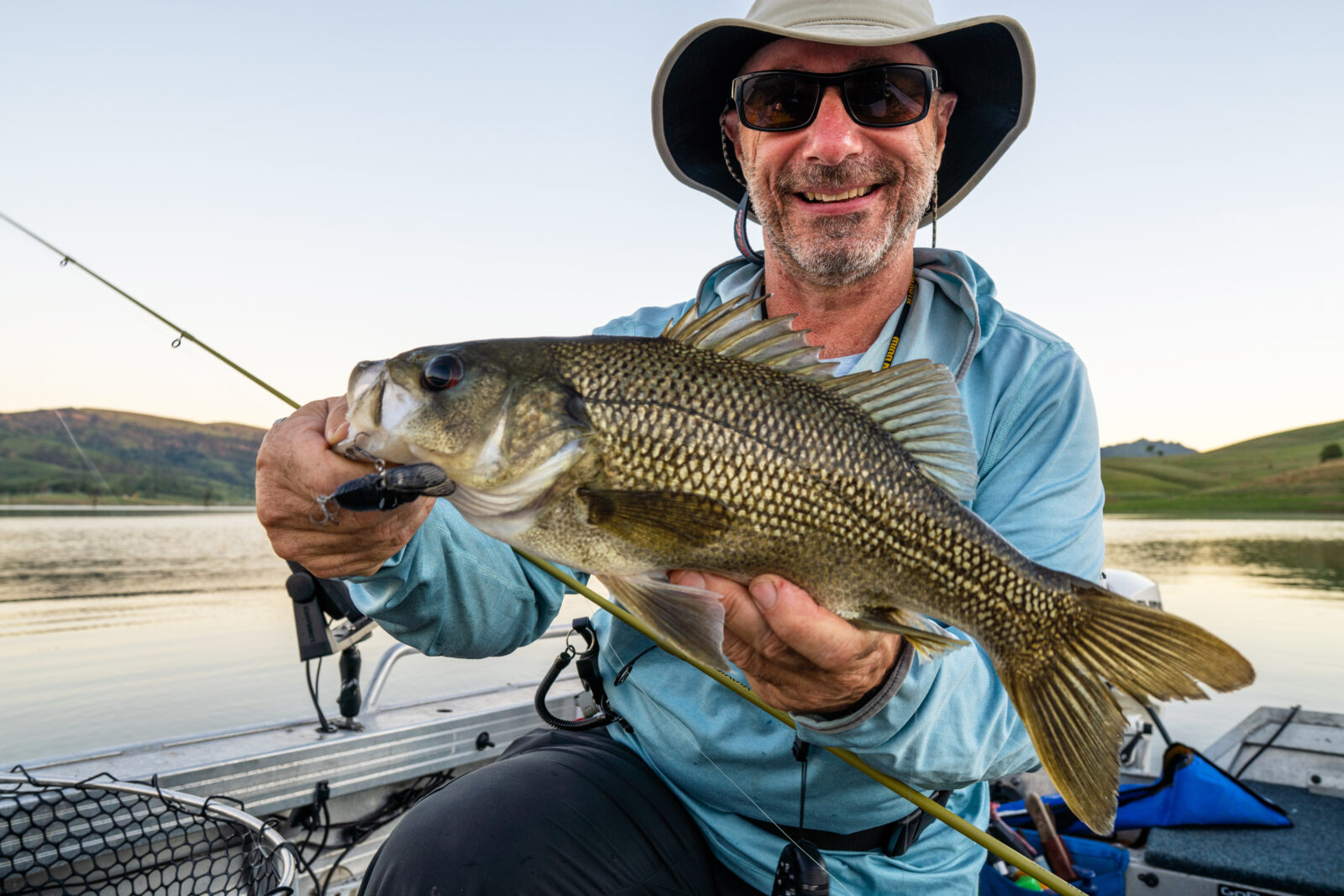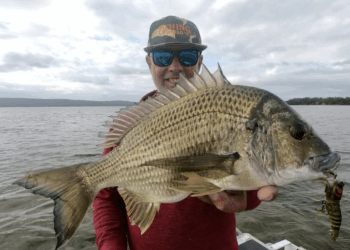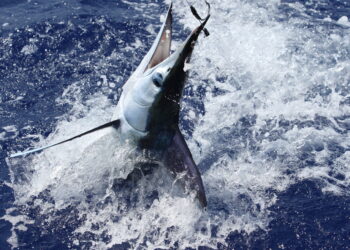AS we head into the warmer months, the summertime sun beams warmth into freshwater streams and impoundments whilst elevating air and land temperatures that further radiate heat into the water. This warmth triggers a raft of metabolic and metamorphic activity. Warm water invigorates cold blooded fish, raising their metabolic rate which in turn promotes more aggressive feeding. Many insects take their cues from the warm weather, completing their metamorphosis from pupal stage to flying insect.
The transition to flying insect results in a state of vulnerability with many failing in their attempts at flight only to end up buzzing around on the surface. Spring and early summer is also when many animals give lay eggs or give birth resulting in a summertime smorgasbord of hapless prey. The This combination of hungry and active predators coupled with an abundance of food often results in conditions that are prime for surface fishing in fresh water are the two prime factors that can result in spectacular freshwater surface fishing.

SURFACE FLY RIGS
The term “matching the hatch” originates from fly fisherman attempting to imitate insects with an artificial fly. In warmer weather, trout feed on emerging caddis and mayflies for example so a dun or emerger pattern is ideally suited. The way to rig these is with a floating fly line carrying a tapered leader suited to the rod length which allows the fly to delicately roll over and plonk down on the surface. A six-weight outfit is a good all-rounder which can be dialled down if fishing smaller streams and skinny water.
Surface flies fishing for trout are commonly referred to as “dry flies” with the shape and profile having an inherent ability to float however once waterlogged they will sink so require periodic application of a floatant to keep them buoyant. You typically keep casting your dry towards a rise or series of concentric circles formed by a trout that has popped its head to the surface then leave the fly still to be intercepted by actively feeding trout nearby.
Surface flies for natives like Australian Bass include Dhalberg divers, popper variants and gurglers to name a few. There are variations of the Dhalberg diver for example that mimic moths, frogs, lizards and even mice! Given the larger fly sizes, heavier outfits are typically required to cast with a seven or eight weight ideally suited. Once cast, the fly is stripped back with intermittent pauses, making sure that each strip is done on a relatively tight line to transfer all the energy to the fly so it can displace water and cause commotion on the surface.
SHALLOW RUNNING LURES
The term shallow running as expanded over the years to encompass a raft of lures including shallow minnows, wake baits, glide baits and swim baits. I’m specifically referring to floating or suspending variants of these lures that swim along the surface or just under. The main way to use these lures is to keep the rod tip high and wind them slowly with intermittent twitches and pauses. Ultimately you want the lure to swim along the surface or a few centimetres below with enough action to create a wake or surface ripple, emulating in inured and flailing baitfish.
You can dial the size of these lures up to suit the largest of freshwater predators including barramundi and Murray cod however approach and technique is largely the same for most species. These lures can be dynamite when fished over weed beds, snags and rocky outcrops that are up to a metre or so below the water column. An ideal rigging option is to have two or three different styles of shallow running lures outfits rigged and ready to cast. If you find a fish approaching but shying off or short striking, try changing to another lure on an alternate outfit and you’ll often find that the novelty of the new lure is enough to elicit a strike.

TOPWATER STICK BAITS
CRAWLERS, AND PADDLERS
On days when the activity is quietening down and the fish are a little timid, slowing down your retrieve and opting for a more subtle presentation can be ideal. This is where a pencil style lure or paddler can come to the fore. These lures are synonymous with a “walk the dog” style retrieve whereby the lures is cast out and retrieved with a consistently paced twitch of the rod tip whilst simultaneously winding the slack. With little inherent action, perfecting the retrieve is important to prompt the lure to dart left and right enticingly. Crawler and paddler style lures mimic a cicada or similar large insect in a panicked scramble across the water surface. They feature a unique wing shaped or cupped bib and are best suited to a constant retrieve at a speed that results in the lure making a rhythmically loud plopping sound as the bib displaces water whilst paddling the lure left and right.
POPPERS, FIZZERS, AND LOUD LURES
On days when the fish are holding deeper, if you’re making exploratory casts and want to rouse some action or if the wind and chop render a subtle presentation ineffective, noisier cup faced poppers, fizzers and buzz baits can be the only option. Cup faced poppers displace a decent amount of water when pulled along the surface with short stabs of the rod tip. A faster action and stiffer rod tip are beneficial help transmit the energy of each sweep of the rod. Fizzers feature metal propellor or blades that churn the water as they move, replicating the high frequency flapping wings of an insect desperately trying to fly off the surface.



















